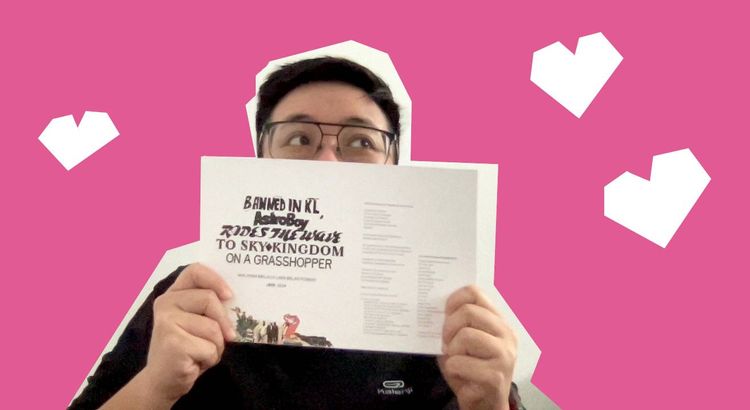Lockdown learnings and memes for life 🏳️🌈💁🏻♂️🌟🌟🌟🌟🌟
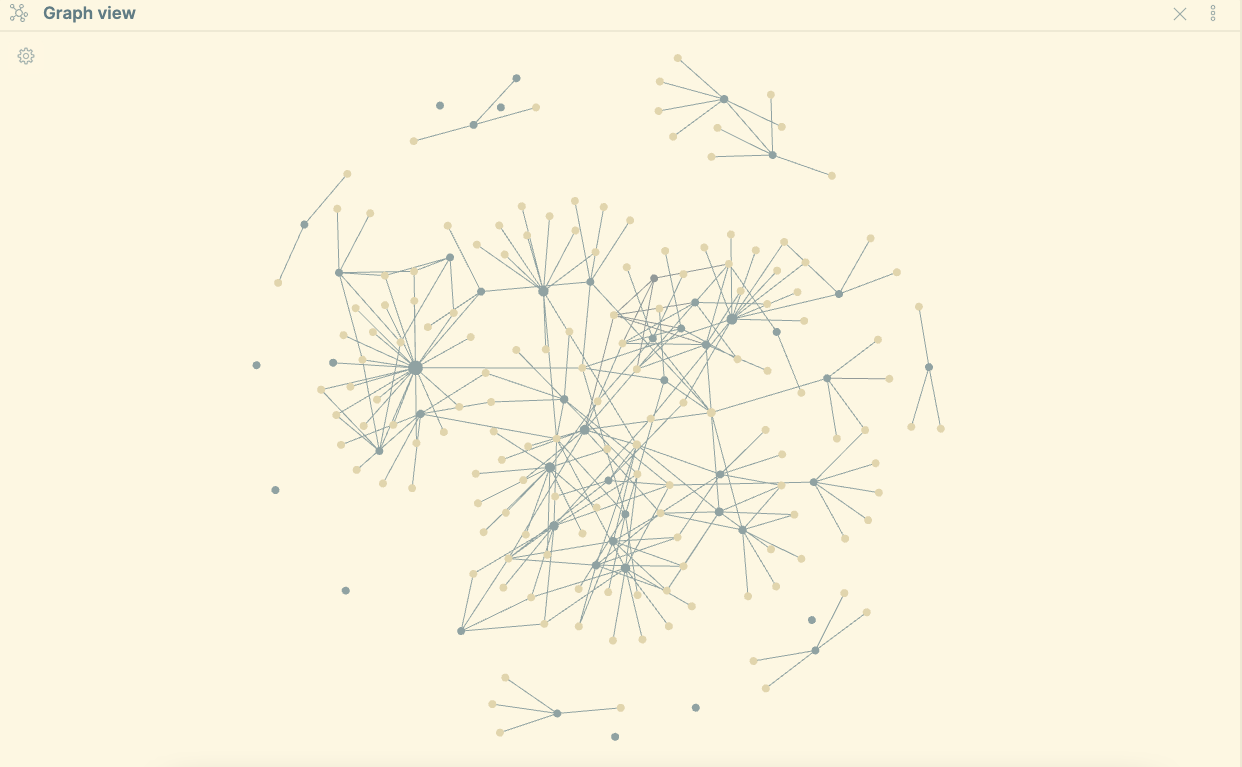
Hi, this is the first newsletter of Lainie’s Five Stars (after the introduction to its tarot-bound origins). This issue is on online learning, as some links provided are time-bound.
Deep in my core, I am a nerd and a bookworm. I recently undertook a strengths assessment test — of my top five identified strengths, three state that I like intellectual activities, collecting information, and learning information. If you think these sound like “nerd” in different aspects, we agree with each other!
One of my favourite lockdown activities is to set upon learning journeys, and optimise them. I know it sounds insufferably productive. Being a nerd in this expert economy can result in capitalist parallels. I want to clarify that everything I list below I do for pleasure, and maybe you’d like them too.
This will cover one app (Obsidian), some free online courses, and how I use memes as studying tool — the last works very well for me, and I will outline why.
Building a second brain in Obsidian
As a nerd with too many interests, one online community has been helpful — the “second brain” community.
A key part of building a second brain is to create a digital library of linked notes. It’s like doing voluntary homework on your interests (productivity influencers call it “personal knowledge management”). To do this, I use Obsidian which is free for personal use.
I have many little text notes from books, lectures, online courses — you get the gist. I’m new to it, so I don’t have too many notes yet. This is a graph view of my Obsidian notes, which shows how the different topics link with each other:
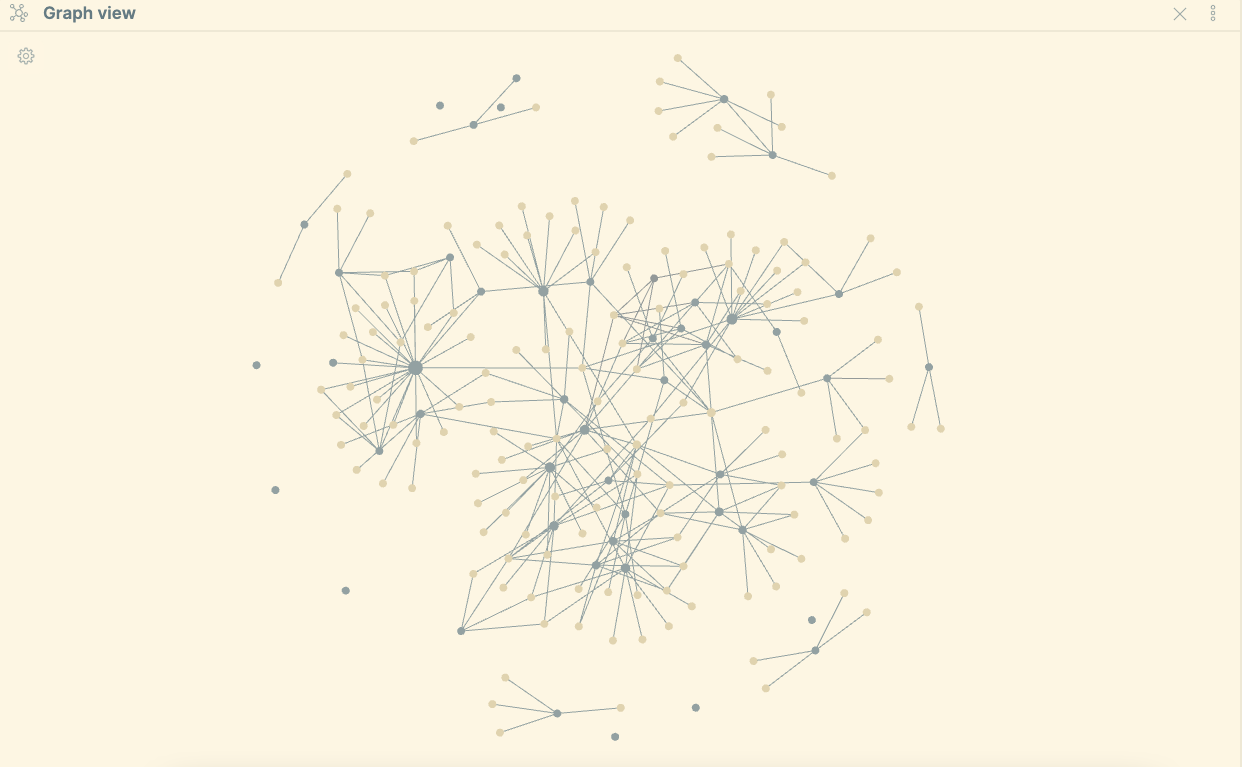
I like having a broad overview of how each topic relates to another. One unexpected outcome of this: I addressed mindless consumption.
I am inclined to read anything that comes my way. Keeping a second brain helps me prioritise! I like consuming information much more than producing notes. The added labour has helped clarify which subjects are more important to me, and how much time I want to spend on each.
Note: You can learn more about second brains from this video on YouTube. Notion is another popular app, and I use the free personal plan for my bullet journal.
Pride Month courses
Until the end of June 2021, Coursera’s Pride Month promo offers free enrolment to a selection of ten courses related to LGBTIQ issues. These are usually priced at USD$49 each, though Coursera offers various packages, including monthly subscriptions to all courses on its platform.
While some Coursera courses may be “audited” for free (limited interactive participation, no cert upon completion), enrolling during this promo month gains you full access, including to certificates.
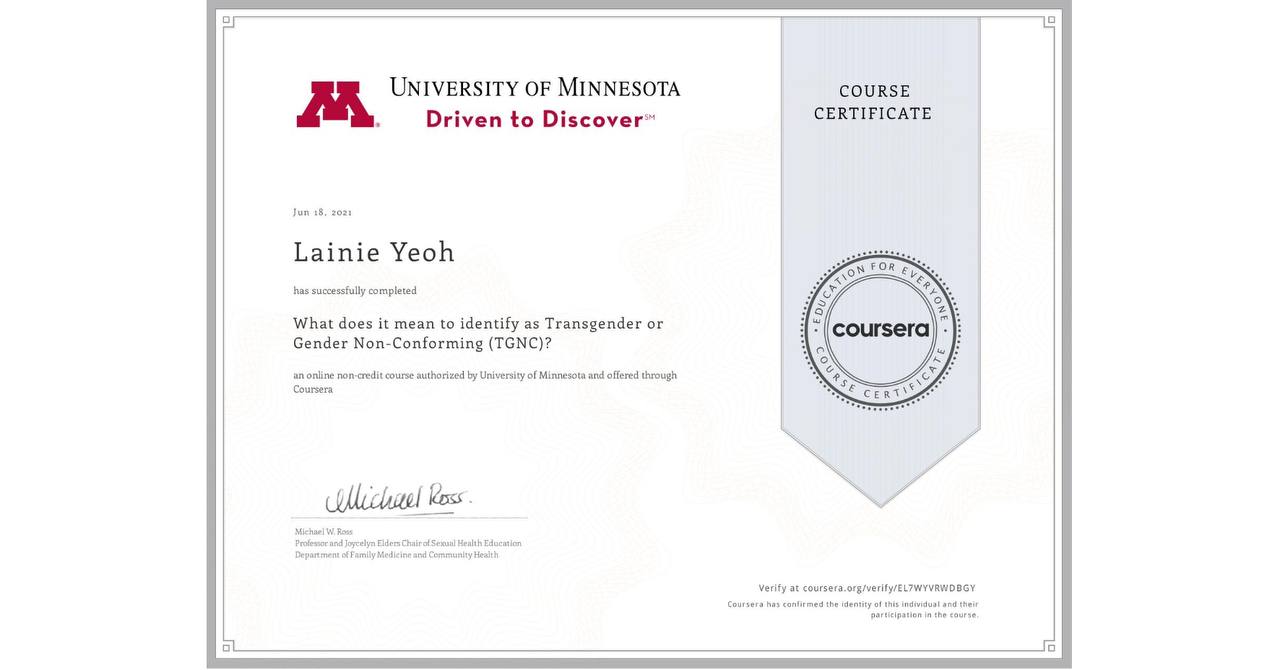
I completed “What does it mean to identify as Transgender or Gender Non-Conforming (TGNC)?” by University of Minnesota.
The course serves as a basic introduction to gender identity issues. I completed the course in a day (note: certs may take longer to issue as your assignment needs to be peer-reviewed). For anyone who would like to learn the basics, this course is a useful stepping stone.
I am also in the middle of three other Pride month courses, and these are my first impressions:
- “Queering Identities: LGBTQ+ Sexuality and Gender Identity” by University of Colorado System
This is like a brief foundation course to queer theory, and the progressive politics of the main educators (a trans man and a queer femme) permeate the entire course.
There are guides to understanding contemporary use of pronouns, and what to do if you accidentally offend a queer person. Each week tackles increasingly complex discussions — from how gender is socially constructed, to trans people participating in sports — and unpacks them into short and well-considered videos. I find this course enjoyable and accessible, and I think you will too.
2. “How to Change the World” by Wesleyan University
This course is philosophical, and discusses how we can work towards improving the world. Key themes each week include things like poverty, women’s rights, and public health. Expect thoughtful discussions with interlaced fingers. Best enjoyed with a glass of wine and a hushed conscience. Prepare yourself for:
i) an unexpected (even unflattering, yet accurate) mention of Malaysia
ii) an unexamined dominance of white (and frequently male) voices
3. “AIDS: Fear and Hope” by University of Michigan
There is a lot of data on stigma, death, and bad news.
Clear solutions, best practices, and good news are also presented.
Hence the title: Fear, and Hope.
I just started this course, which feels like a stoic encyclopaedia experience in video format. Students will learn about public health, AIDS activism history, testing, stigma, living with HIV, and (much) more. Of all the courses, this one is the most educational in terms of new information.
Learning with memes
I love picking up nuggets of information through diagram memes, especially funny ones. Memes have taught me enough about western astrology that I can participate in casual conversations about them.
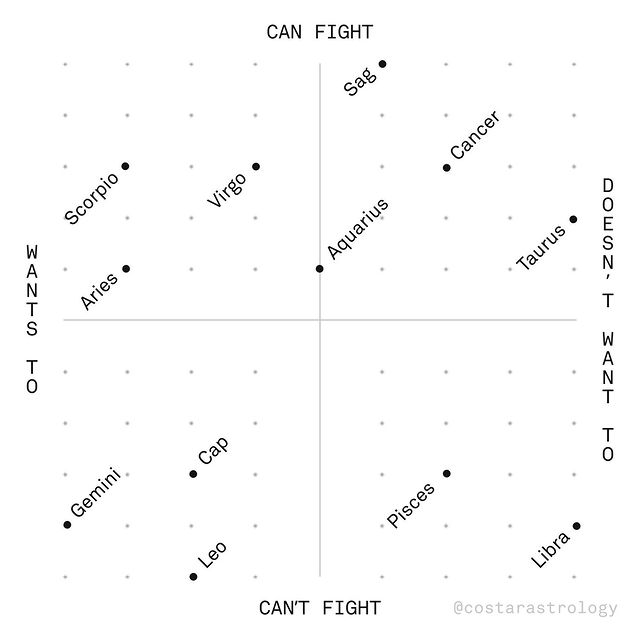
My observation is that memes can mirror a studying technique called progressive summarisation. Very loosely speaking, progressive summarisation happens when you take the key highlights of something you’re learning, and turn that into an ultimate highlight.
For example, you start by highlighting key sentences in a book. You use these highlights to create a paragraph summarising each chapter. Over time, you have a paragraph that describes the essence of the entire book. The paragraph reflects what you learned, and what you found important or useful.
I also like that astrology memes tend to reflect collective learning — a summarisation of collective summarisations, so to speak.
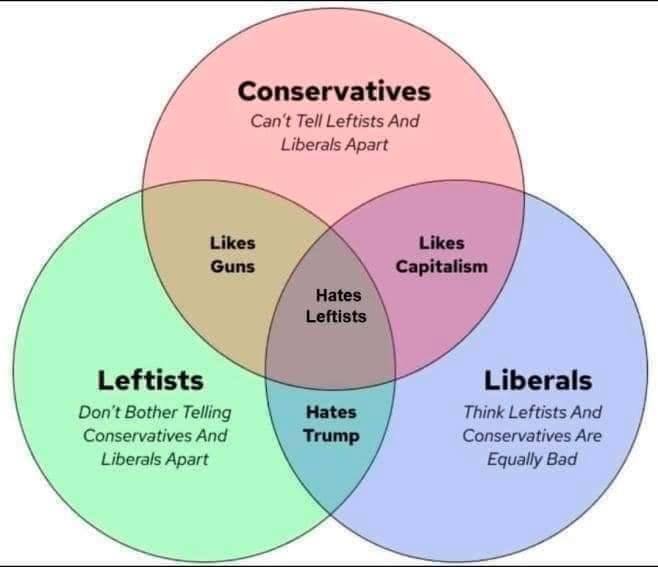
Of course, reading summaries without the primary sources means you are ripe for misunderstanding things as well. Memes can also be inaccurate, exaggerated, or outdated — often intentionally so for the sake of comedy. Use them as introductions, or studying tips. You’re getting the gist of things, which can ease any future efforts to learn more.
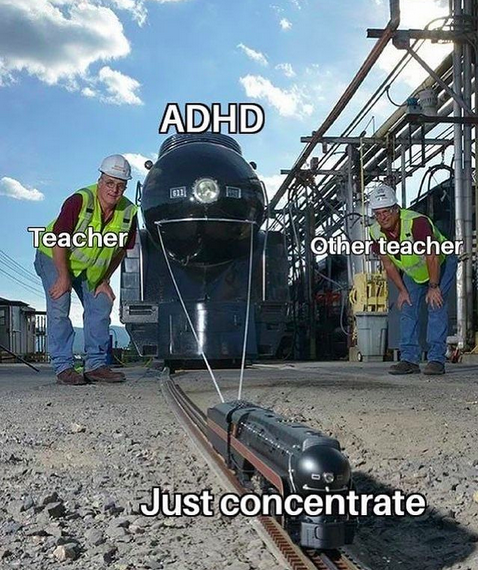
I’ve also been using memes to gain glimpses into the non-medicalised world of ADHD. My diagnosis was less than a month ago, and many resources I’ve found tend to focus on medication, cognitive behaviour therapy, and mental health topics. Memes from the community give me a better look at how ADHD affects us on a personal level, what solutions I can try, and how to find the humour in it all.
That’s it for this week. If you sign up for any of the Pride courses, let me know! I’m also collecting recommendations for this newsletter, if you’d like to leave a testimonial to encourage others to sign up. Hit me up via the website, or @lainie on Twitter.
Next week, we’ll be looking at an interesting (and somewhat obscure) link I found between our bodies and sexualities. See you then.
cheers,
Lainie
🏳️🌈💁🏻♂️🌟🌟🌟🌟🌟
PS: on a personal note, I was elected as an executive committee member of the Malaysian Evaluation Society over the weekend. If you are in Malaysia and involved in assessment, evaluation, testing, and other aspects of measurement, please do join us.
Cover image: The same Obsidian screenshot that was used in the newsletter
Image description: A screenshot of a graph of dots, with many blue dots of varying sizes — the larger blue dots are linked to more of the other dots. Some light brown dots are present too. Some of them link in clusters, some of them link in a larger web, there are a few isolated dots here and there.

